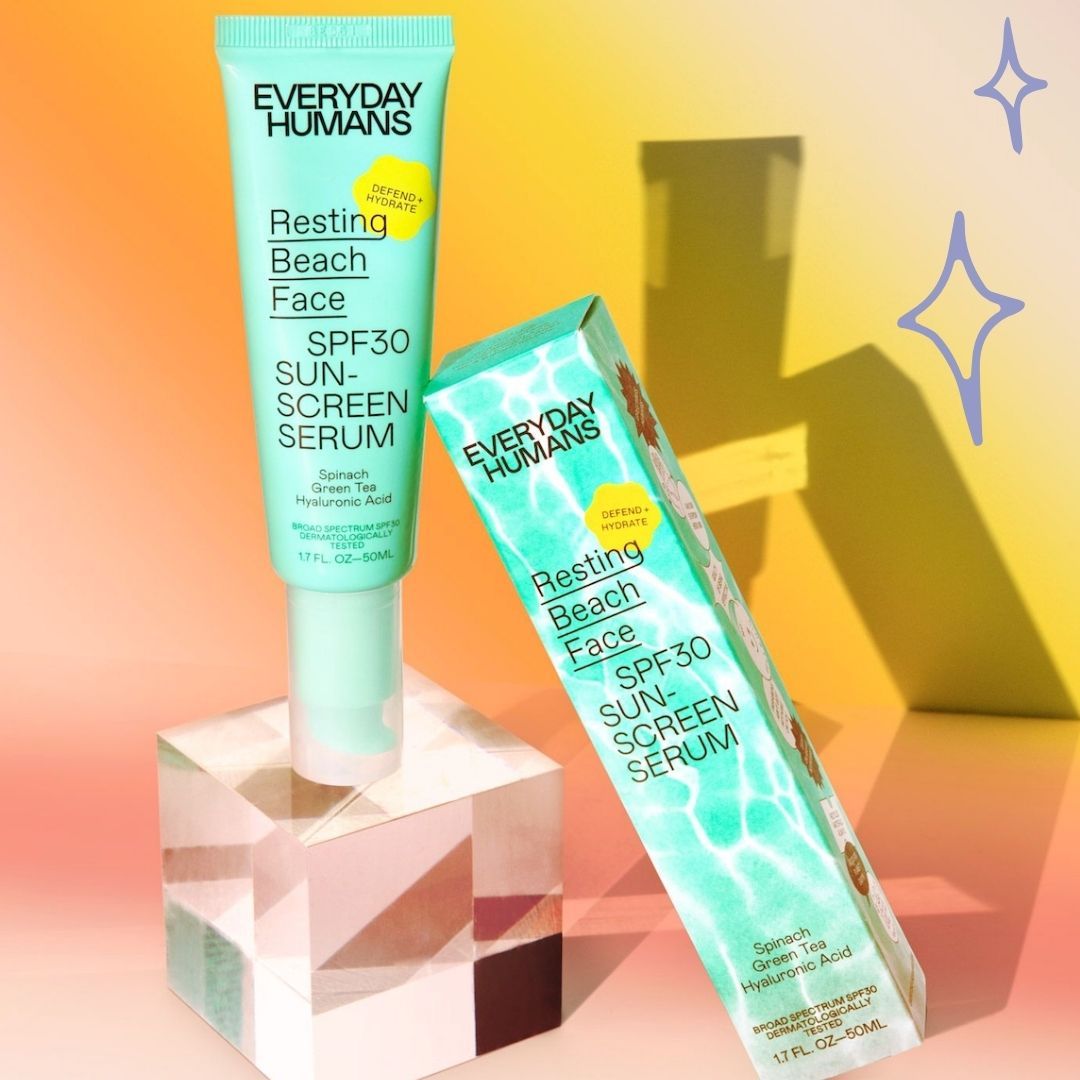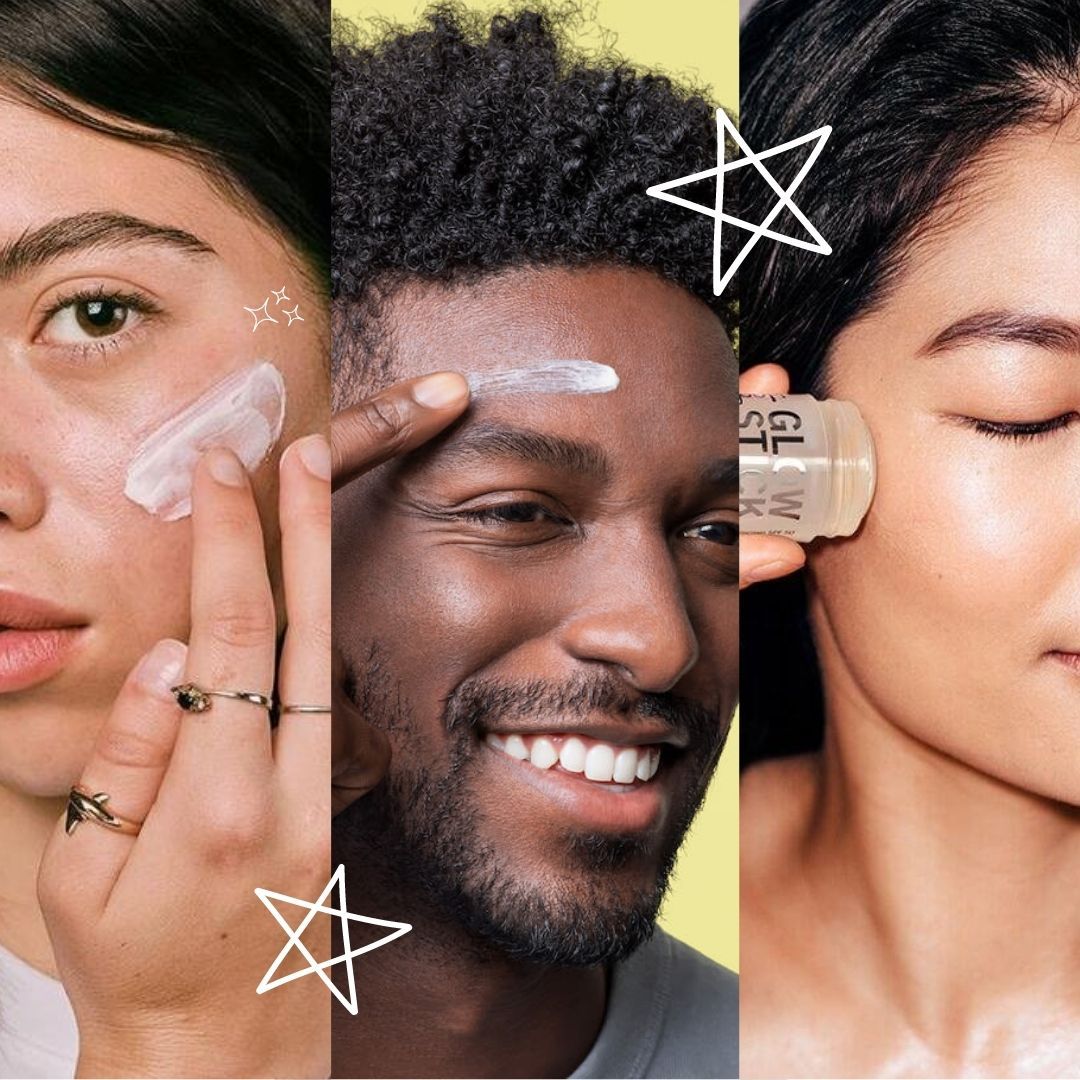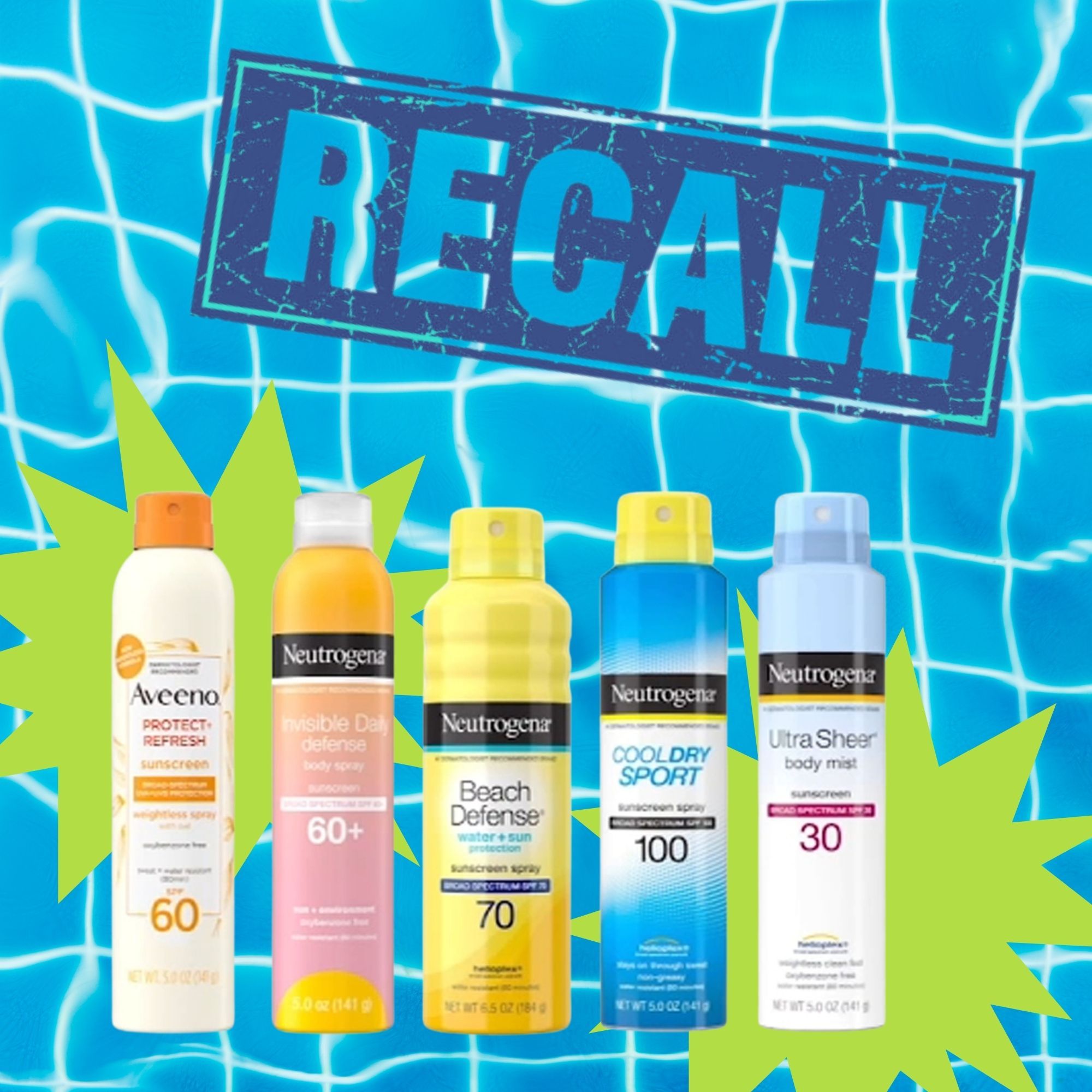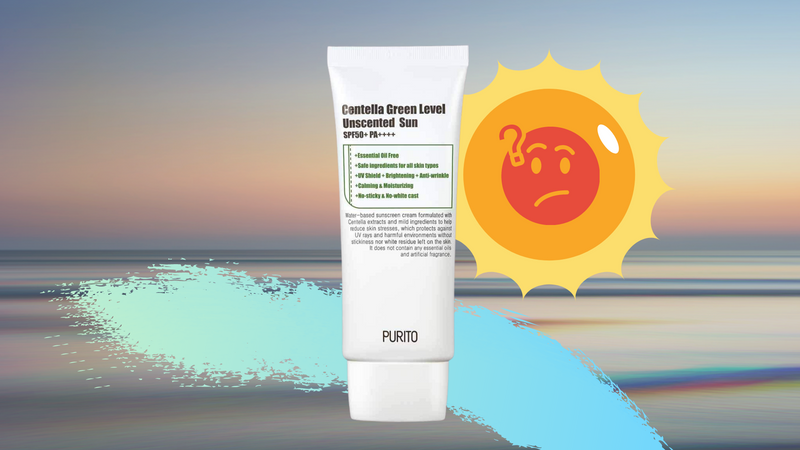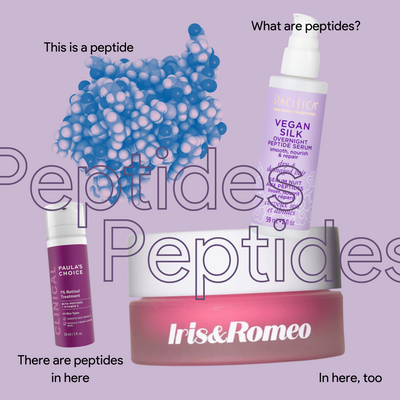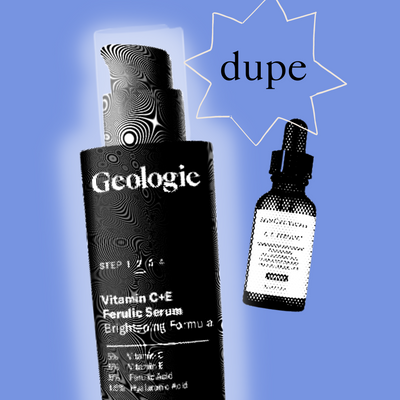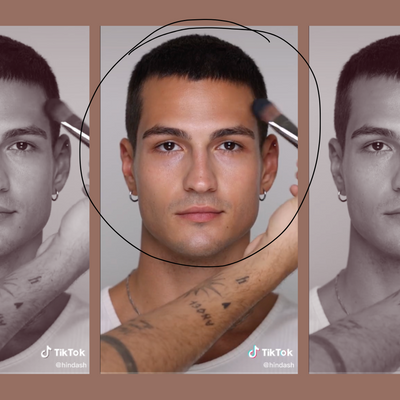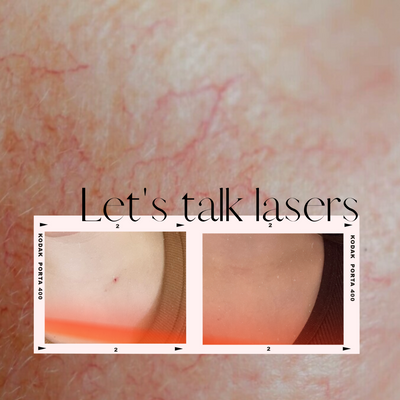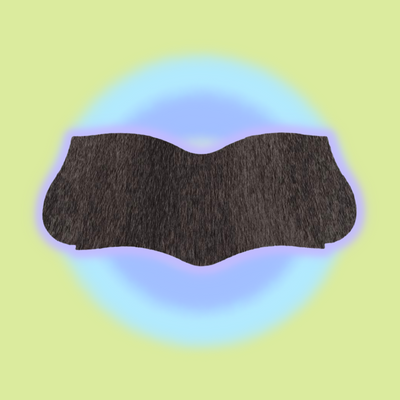Cult-favorite Purito Centella Green Level SPF 50+ sunscreen just got burned, and they only have themselves to blame.
If you’re a regular in the #skincareaddict forum of Reddit or even active in the skincare community Instagram, you’ve more than likely come across the Purito Centella Green Level Unscented SPF 50+ sunscreen, which has been praised for its zero white cast finish. Even though this product has been hailed as a sunscreen favorite of many in the beauty community for its advertised high level of protection and squeaky clean formula, controversy erupted this weekend when further testing revealed the sunscreen’s maximum protection level is actually SPF 19 – less than half of what it claimed on the product.
SEE ALSO: Everyday Humans’ newest SPF is a mineral sunscreen unicorn
FDA testing and sunscreens
When it comes to SPF, there should be zero room for error in terms of claims. Unlike most beauty products, sunscreen is considered an over-the-counter drug and is required to undergo rigorous testing to comply with FDA-mandated regulations. However, the criteria for approval and testing vary by country and are specific to the region the product was created. In this case, Purito was created and tested in South Korea.
We spoke to Krave Beauty founder Liah Yoo to understand how this impacts the Purito controversy.
“Sunscreen is classified as a ‘functional cosmetics’ by KFDA (Korea Food and Drug Administration), and for a brand to claim a product has an SPF value, it should submit in-vivo testing done from an independent lab to the KFDA,” says Liah. Brands must also perform specific UVA, UVB, and water-resistance testing.
Since sunscreen is such a heavily tested “drug,” how did Purito slip through the cracks? Most of it comes down to the different regulations that are available and the unique ways that cosmetics are defined from country to country. In South Korea specifically, testing results and efficacy data must be provided by a test supervisor with more than five years of experience. On top of that, extensive safety data is required for new sunscreen active ingredients.
Although extensive protocols and testing sounds airtight to me, clearly something didn’t add up. According to a recent INCI decoder lab test, the Purito Green Level Unscented SPF 50+ sunscreen only provides a level of protection at SPF 19. For a more detailed explanation of how the controversy came to light, check out Michelle Wong of @labmuffinbeautyscience’s latest IG post and video.
The SPF 50 myth
Sunscreen is a tricky product to formulate, and can take months to develop a final product. With various testing, iterations, and creating, sunscreen can be tricky to get right. But when it comes to INCI decoder lab testing, “We can’t take [INCI decoder lab testing] at face value,” says Liah Yoo.
Bottom line: there is no clear way to ensure the amount of protection that is on the label matches the protection in the formula, and in most cases, the amount of sun protection offered by an SPF 50 sunscreen doesn’t make much of a difference from say, an SPF 15.
“There is little very little difference in the protecting capabilities of a sunscreen with SPF 15 or higher,” says dermatologist Dr. Joshua Zeichner. To receive the highest level of protection, make sure you create a good habit of applying the right amount of sunscreen and always remember to reapply after 2-3 hours of sun exposure.
At the moment, there is no universally accepted method to accurately test SPF protection claims. Countries will continue testing the way they see fit. On top of that, test results can vary from lab to lab making it difficult to track down where the Purito mistake happened.
In this case, it could be the brand, manufacturer, or testing lab. But at the moment, the burden of proof is on Purito to spend time conducting more testing from various labs before either updating the packaging or reformulating the product to reflect accurate SPF protection.
READ MORE LIKE THIS
